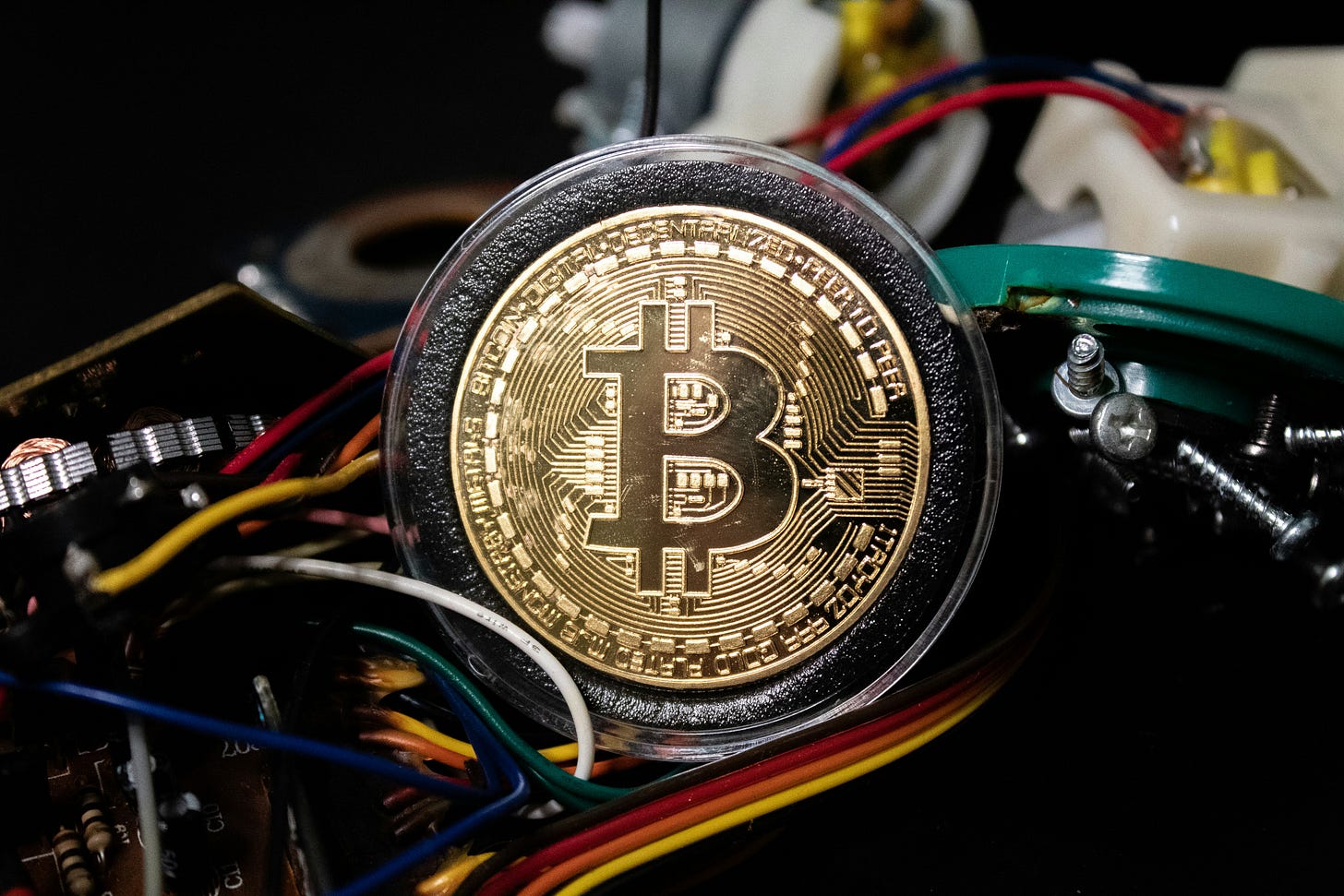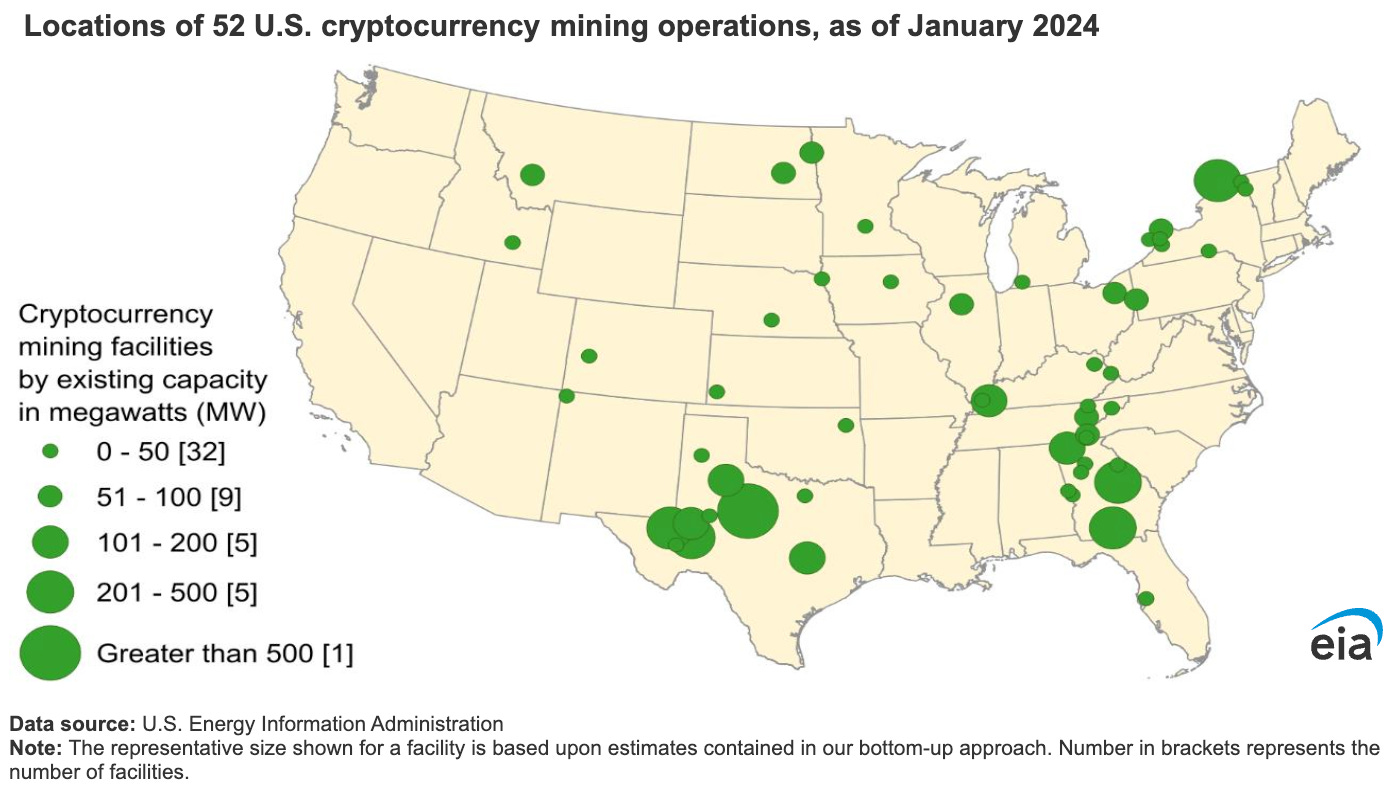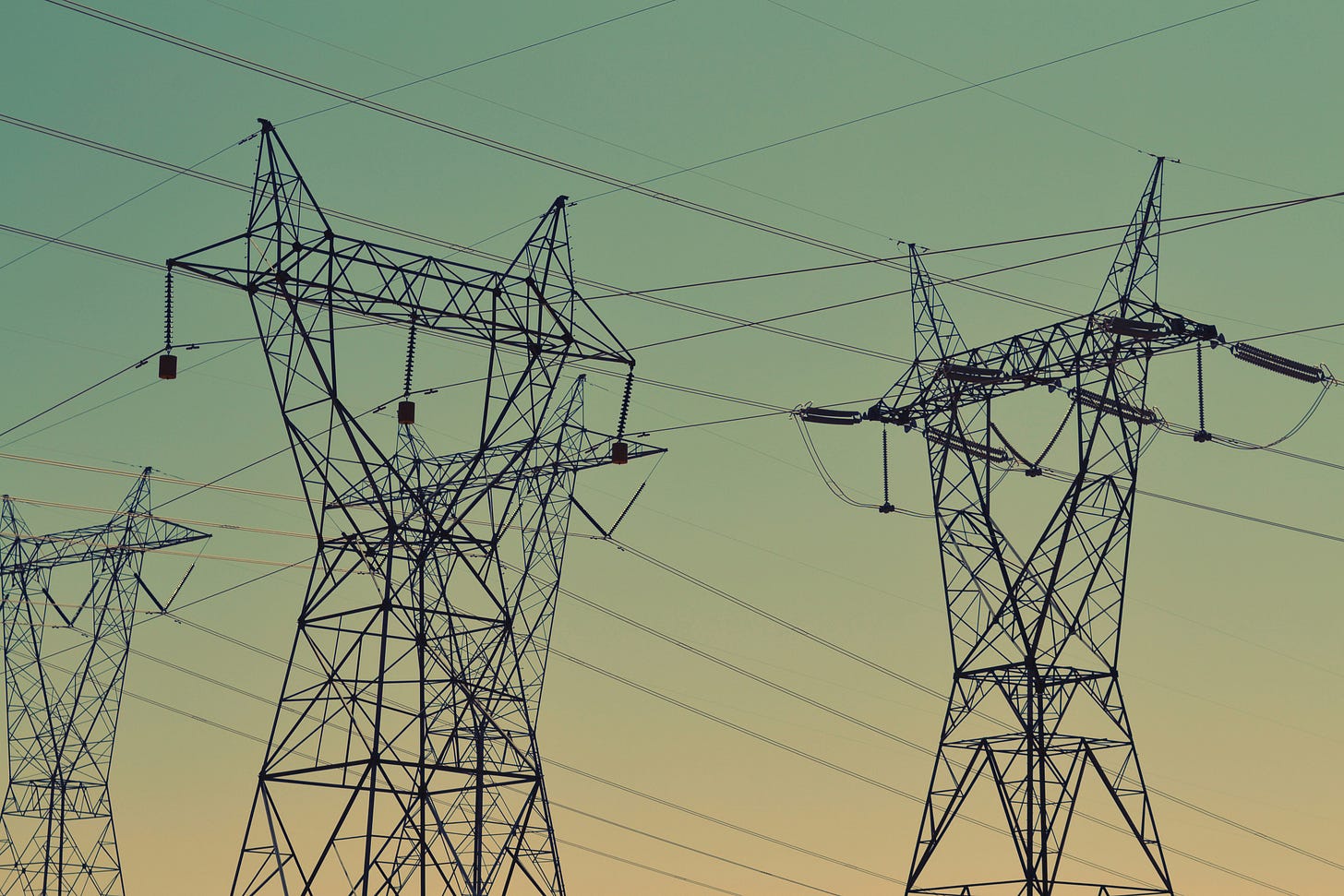Mandatory Survey on United States Crypto Mining
Agency Cites 'Emergency' Justification for Data Collection
The U.S. Energy Information Administration (EIA) said it has requested and received an emergency clearance in relation to collecting data about cryptocurrency mining facilities. This is part of a plan to develop more rigorous estimates of electricity use by U.S. cryptocurrency miners.
Source: Brian Wangenheim @ Unsplash
The Office of Information and Regulatory Affairs (OIRA) granted the clearance. The OIRA page includes a paragraph on the terms of the clearance, which states EIA wants to build a new standard (data) collection.
Background on ‘Emergency’ Clearance
The OIRA page includes a paragraph regarding the emergency justification. You will need to click the checkbox ‘all’ to see it. It states the EIA requests that the proposed information collection project, “Proposed Emergency Survey – Cryptocurrency Mining Facilities” be processed as an Emergency Revision Request. It states EIA is making this request because public harm is reasonably likely if normal clearance procedures are followed.
Source: GIPHY
It states:
as evidence, the price of Bitcoin has increased roughly 50% in the last three months, and higher prices incentivize more cryptomining activity, which in turn increases electricity consumption.
In addition:
at the time of this writing, much of the central U.S. is in the grip of a major cold snap that has resulted in high electricity demand. The combined effects of increased cryptomining and stressed electricity systems create heightened uncertainty in electric power markets, which could result in demand peaks that affect system operations and consumer prices, as happened in Plattsburgh, New York in 2018. Such conditions can materialize and dissipate rapidly.
Source: Matt Popovich @ Unsplash
The statement continues:
Given the emerging and rapidly changing nature of this issue and because we cannot quantitatively assess the likelihood of public harm, EIA feels a sense of urgency to generate credible data that would provide insight into this unfolding issue.
Data as of January 2024
The EIA provided this graphic in its press release, which shows locations of cryptocurrency mining operations. The skew to the central to eastern side of the country is interesting. Most sites are in Texas, Georgia, and New York.
EIA’s Next Steps
In terms of next steps, EIA said it will be conducting a mandatory survey focused on systematically evaluating the electricity consumption associated with cryptocurrency mining activity, which is required to better inform planning decisions and educate the public.
Data gathered during the emergency clearance will provide critical insight that informs EIA’s approach moving forward.
- EIA press release
EIA said it also plans to continue to refine its estimates of electricity consumption associated with cryptocurrency activities in the U.S. as new information and data become available.
Source: Fré Sonneveld @ Unsplash
In addition to data collected during the emergency clearance, the EIA will continue to:
track Cambridge Bitcoin Electricity Consumption Index (CBECI) estimates
refine EIA’s list of identified facilities, and
review estimates made by third parties.
What to Make of it All?
I believe the EIA, in proceeding down this path, has fired a salvo against the crypto industry in the United States. It will be interesting to see how the EIA’s approach to its data collection activities in this area evolves over time. It will also be interesting to see whether there are similar announcements of this nature in other jurisdictions around the world, particularly as the nascent cryptocurrency mining industry evolves.
Source: zelle duda @ Unsplash
This EIA press release seems to have come much to the chagrin of crypto proponents, particularly people who actively engage in activities related to Bitcoin, also known as ‘bitcoiners’. I monitor some of the main podcasts in this area, and the podcasters, which often interview industry insiders, have certainly made their feelings known.
Some detractors point to energy use by the internet and data centres, and the fact that a lot of this centres around facilitating pornographic content. Essentially, the ‘double standards’ argument. I have not conducted any research in terms of reporting that may or may not be required in relation to how much electricity the internet or data centres use, but it would be interesting to explore this question further.
When it comes to mining bitcoin, there are undoubtedly fundamentally competing narratives when it comes to the pros and cons of this activity. In particular, there is definitely a lot of mainstream negativity around bitcoin mining. However, it seems as though the tide is changing in some quarters.
Source: Nils Nedel @ Unsplash
For example, in 2023 KPMG released a report titled ‘Bitcoin’s role in the ESG imperative,’ which provides a discussion of various benefits of bitcoin mining in relation to:
access to electricity in rural Africa
helping to stabilise energy grids
reduce greenhouse gas emissions, and
even assist with providing sustainable heat to commercial and residential properties.
Source: Ninno JackJr @ Unsplash
One Last Word …
If you want to drill down further into the suite of documents embedded within the EIA press release, they can all be accessed on the EIA and OIRA website. A word of caution, though, the OIRA website is quite outdated and does not lead to a great user experience.
Overall, I expect to see a lot more analysis from governments, industry and academia on the topic of cryptocurrency mining, with a particular focus on bitcoin mining. There are extremely large, vested interests, so make sure to look at this material discerningly as and when it is released.
* This post is a summary only, and it should not be relied upon or used as a substitute for reading the primary/source documents, and forming one’s own independent opinion.











